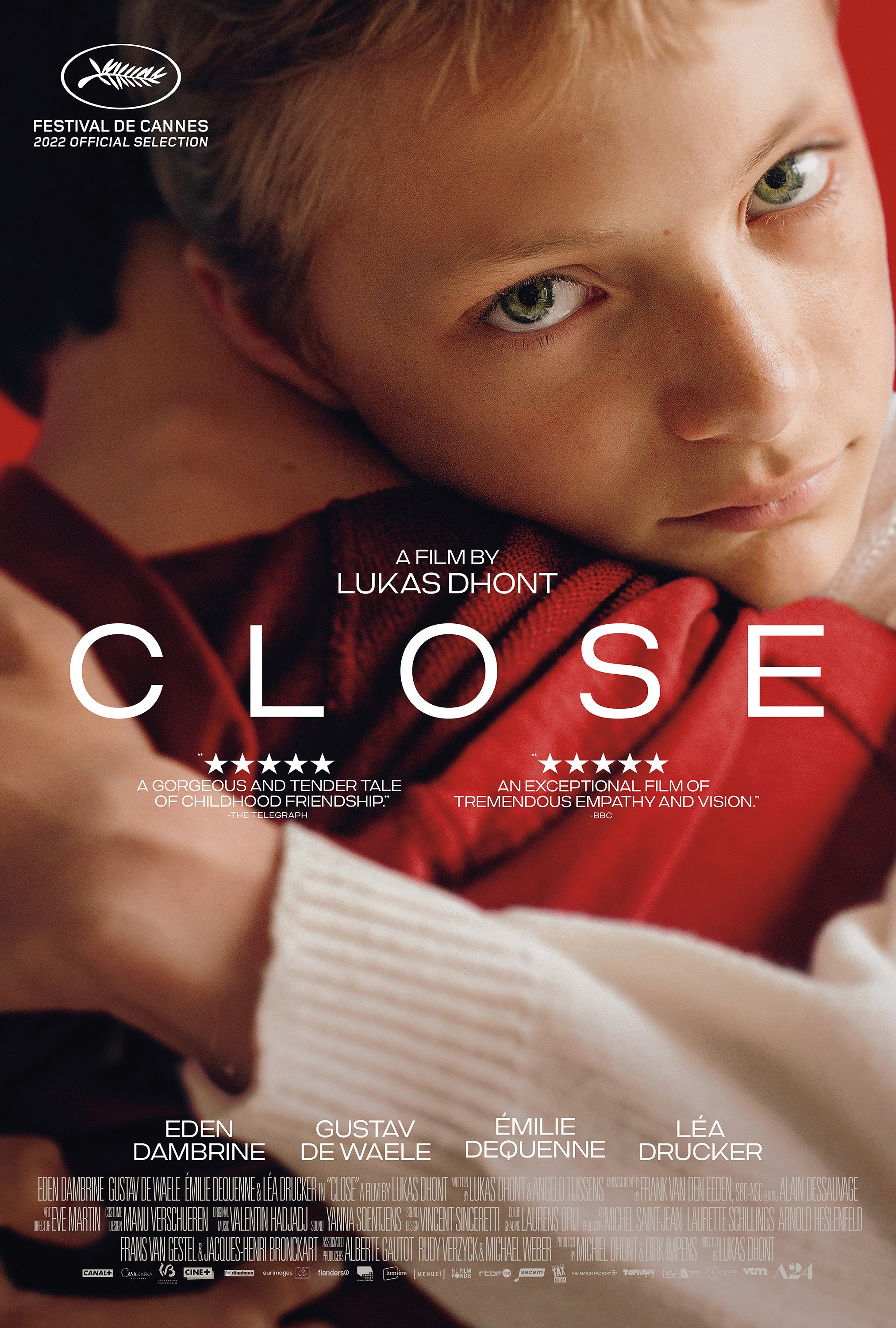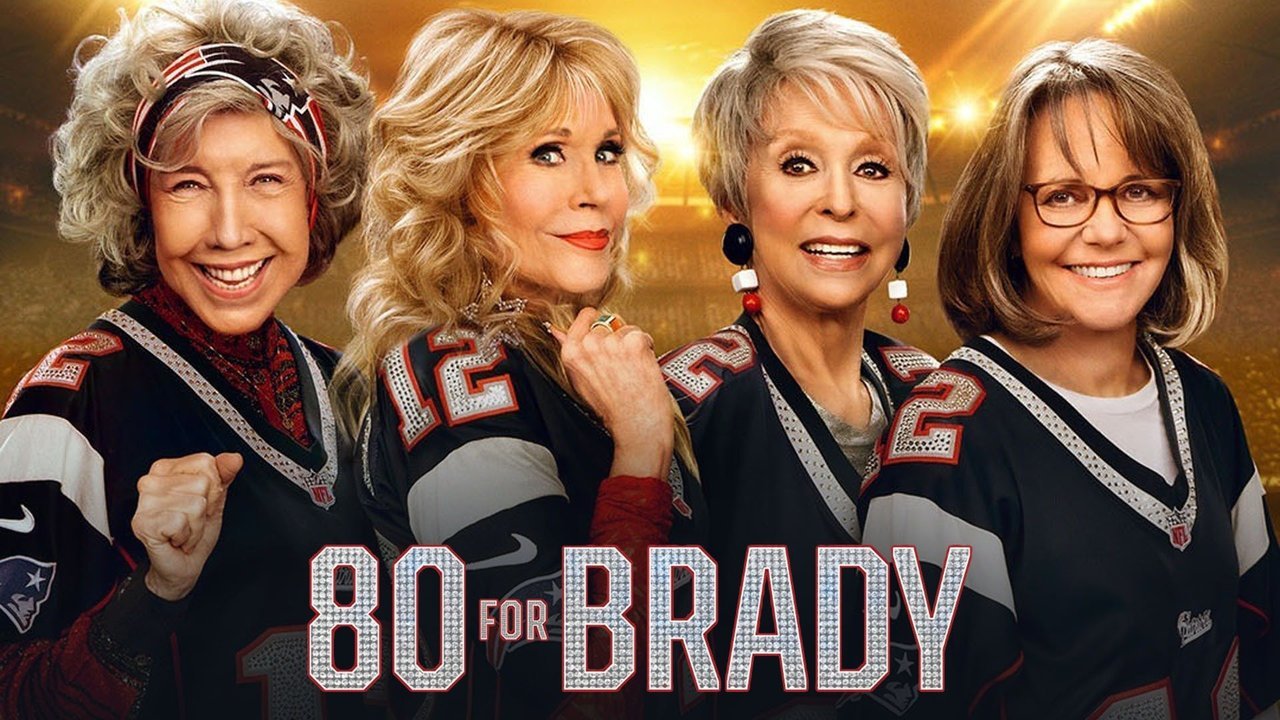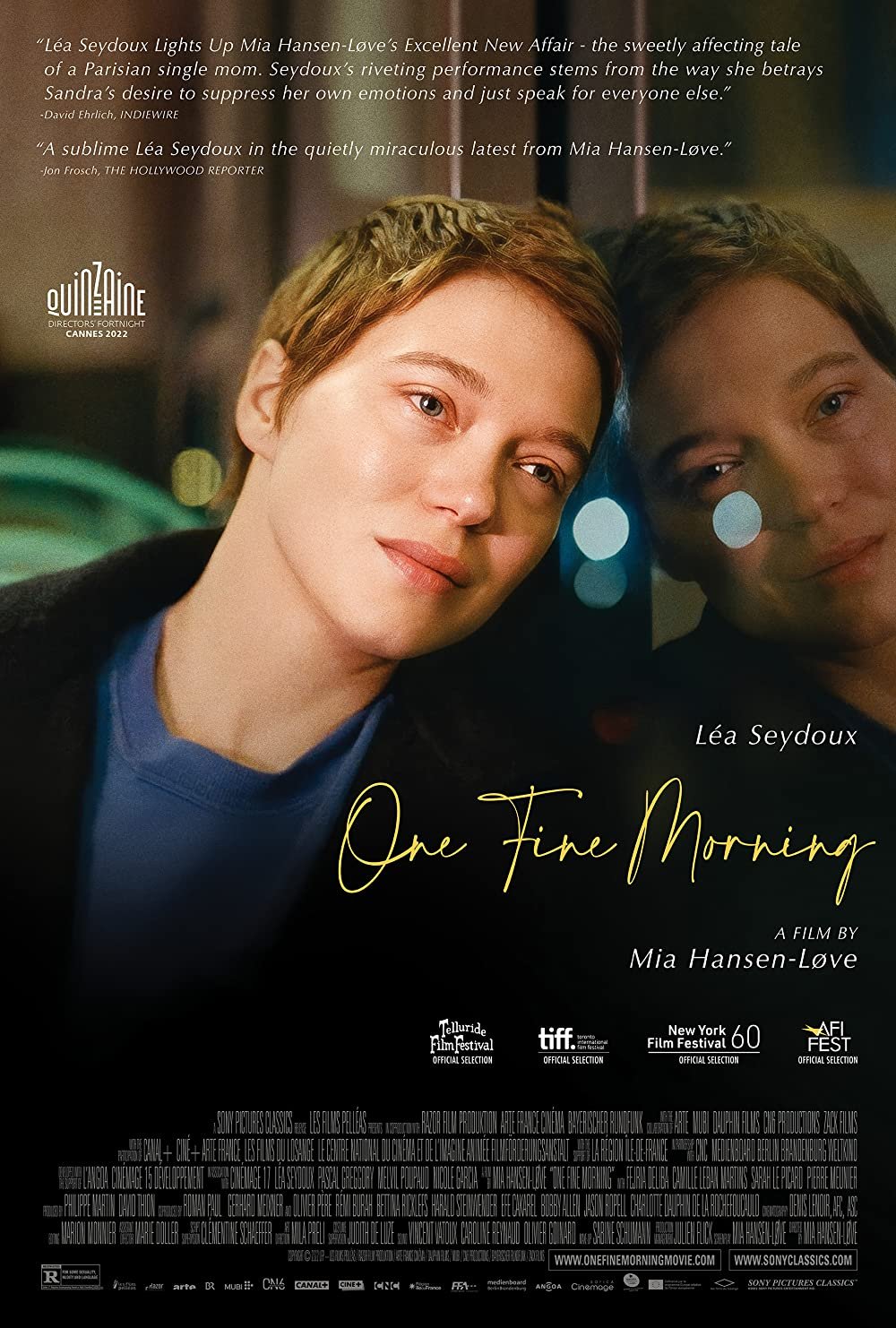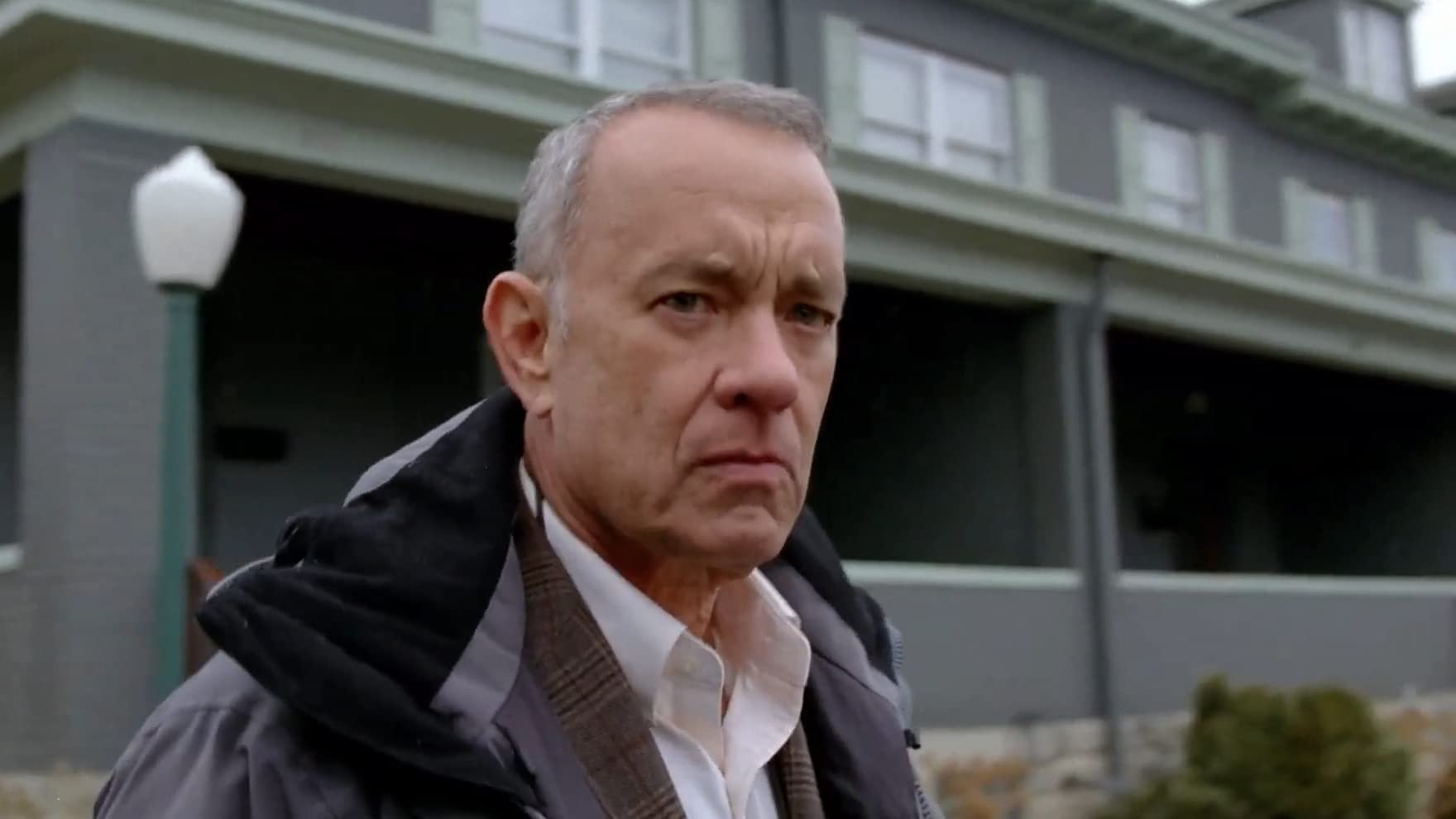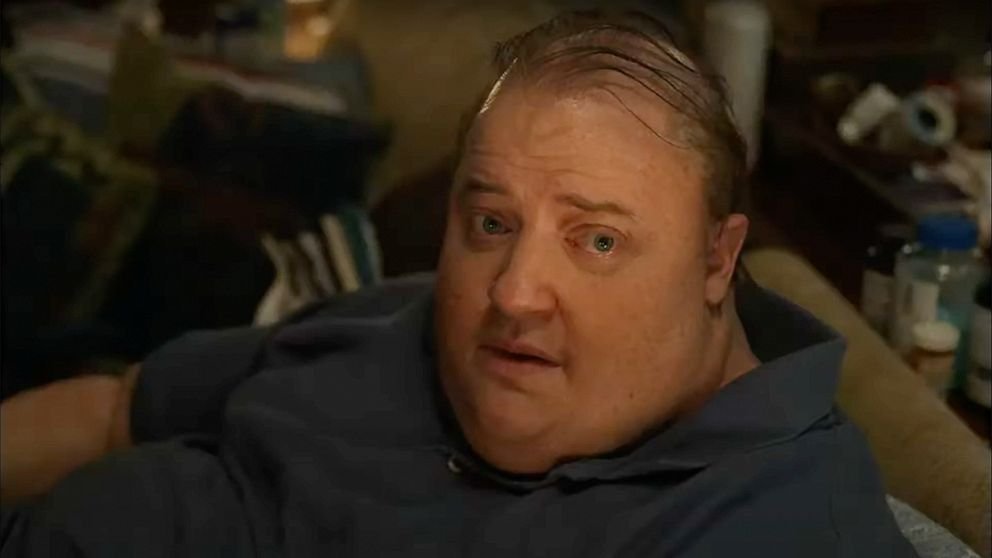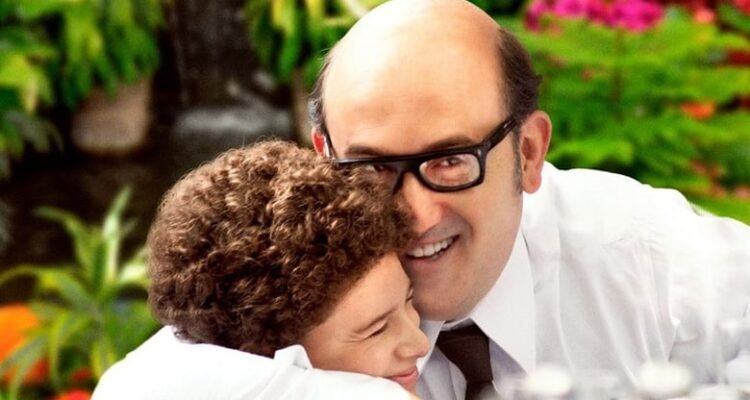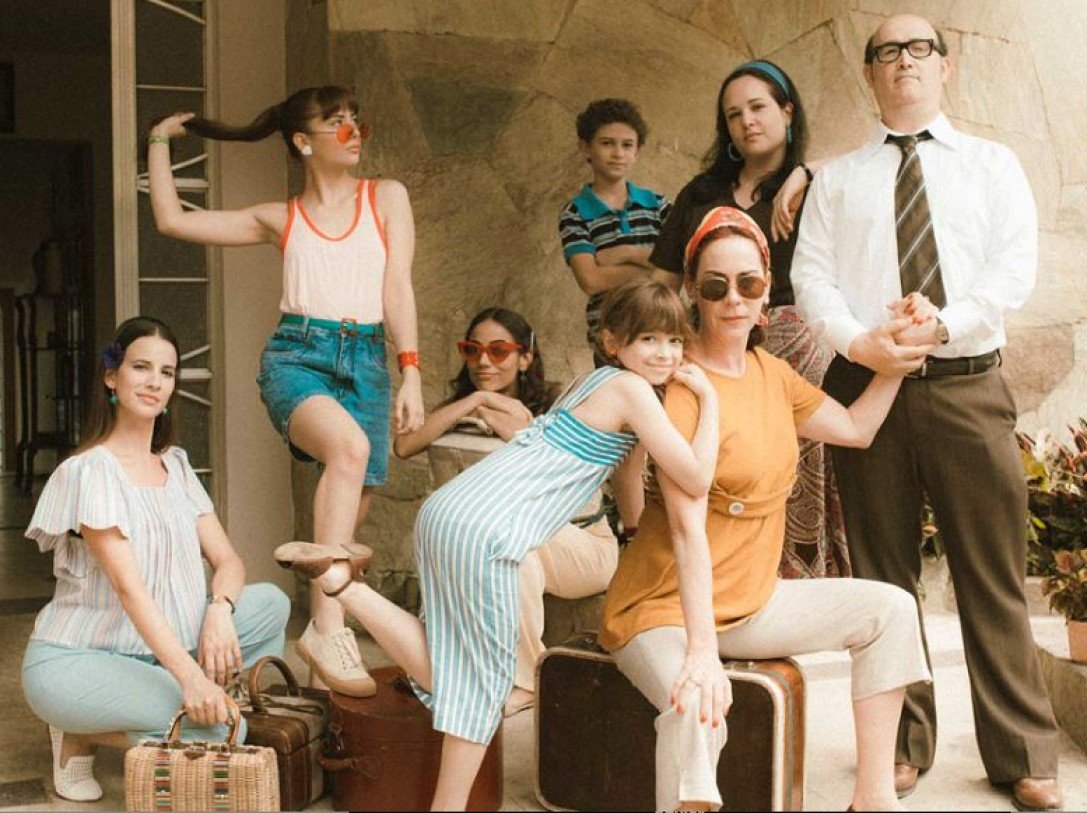Directed and written by: Frances O’Connor
Starring: Emma Mackey, Oliver Jackson-Cohen, Fionn Whitehead, Alexandra Dowling, Amelia Gething, Adrian Dunbar, and Gemma Jones
Runtime: 130 minutes
‘Emily’: Mackey rises to spectacular heights in O’Connor’s Bronte passion project
“I’ve loved Emily Bronte probably all my life. I guess like on a super-geeky kind of level.” – Frances O’Connor, Sept. 9, 2022, at the Toronto International Film Festival
O’Connor has starred in television and film since 1993, but she took a dramatic professional turn toward a passion project. This English native put pen to paper and stepped behind the camera to fashion an engaging biopic of a notable countrywoman, Emily Bronte (1818 – 1848).
Bronte authored the celebrated book “Wuthering Heights”, her only novel.
Note: this critic has not read the book, but – naturally – I saw the 1939 movie starring Laurence Olivier and Merle Oberon.
Still, I don’t claim to be a “WH” expert.
However, O’Connor is. With “Emily”, she weaves a reverent, celebratory film to answer the question, “How did Emily write ‘Wuthering Heights’?”
No, not mechanically – via quill or pen – but the film is a fictionalized (or partially-fictionalized) account that openly presents Emily Bronte’s persona. In a 2022 interview with Picturehouse, O’Connor says, “From the research I’ve done, we’re quite truthful to the nature of who (Emily) was as a person.”
(For more information on separating fact and fiction in “Emily”, Becca Holland wrote a Feb. 17, 2023 Collider.com article that might be helpful for moviegoers.)
So, who was Ms. Bronte?
O’Connor and Emma Mackey (who plays Emily) portray her as misunderstood and rebellious. Emily blazed her path, but under societal confines, which attempted to limit women’s opportunities through religion and traditional roles.
Mackey, the (now) 27-year-old French thespian, studied at the University of Leeds, not far from Bronte’s birthplace, and she delivers a heroic, valiant performance.
Mackey wholeheartedly dives into the challenging role of a woman who struggles against conventions. In the film, Emily publicly reveals her trials through short, concentrated bursts or intrinsic reveals. Privately, Ms. Bronte frequently divulges her feelings, especially to the two men in her life: her irresponsible but caring brother Branwell (Fionn Whitehead) and a newcomer to their village, William Weightman (Oliver Jackson-Cohen).
Mackey is featured in nearly every scene over the 130-minute runtime, and she garners sympathy for Emily that steadily rises over everyday household boundaries, but emotions detonate when greater stakes present themselves.
The movie is mostly set at the Bronte home and adjacent grounds, and Emily lives with her dad (Adrian Dunbar), sisters Charlotte (Alexandra Dowling) and Anne (Amelia Gething), aunt (Gemma Jones), and Branwell.
Branwell has dreams of becoming a writer when he’s not ingesting opium or alcohol. Charlotte takes a teaching position in Belgium and only wishes for her father’s approval, while Branwell doesn’t find the capacity to match his sister’s hopes. Meanwhile, Emily doesn’t aspire to Charlotte’s ambitions, and they develop a rivalry through passive-aggressive means and sometimes openly hostile ones. O’Connor implies, however, that Charlotte “started it”, as siblings often claim.
During the first act, William arrives in town. He’s a curate for the Bronte patriarch, Patrick (Dunbar), and suddenly, William becomes a potential suitor for one of the sisters.
Admittedly, the motion picture’s first hour moves leisurely as the film lays a foundation for Emily and her surroundings.
Domineering but not unreasonable, Patrick requires order in the spacious estate and that his children take responsibility for their actions. Granted, Patrick pushes teaching as a profession for his daughters, but when Branwell asks Emily about her goals, she responds, “I don’t know.”
This is a common answer for 20-somethings throughout history, no matter the century. Without a chosen direction, Emily is a 19th-century Boomerang kid.
However, she turns to William, not necessarily for guidance but for a possible romance. This accomplished fellow could become Emily’s first love, from their first touch of hands while Miss Bronte washes dishes in cloudy water.
Emily’s intentions, however, aren’t murky. Through O’Connor’s camerawork and Mackey’s dynamic articulations – with momentary, decisive looks or passionate discourse – the audience always recognizes Emily’s feelings, even if others within her confined environment aren’t reading her tea leaves.
For instance, William delivers a sermon, and Emily intently stares up at him while attentively listening to every moment. Well, until he declares the word “God” while speaking about the heavenly father’s presence in rainfall.
She immediately looks downward with disappointment, and at that moment, Mackey conveys Emily’s opinions about religion. Later, the script delivers a payoff when an assembly of the family, William, and others take a stroll in the countryside. Emily casually mentions that rain is imminent, while William dismisses the thought.
Soon after the exchange, the astute Miss Bronte is seen as the group’s most perceptive person, at least to the audience. Emily may not have a relationship with God, but Mackey, O’Connor, and the cast and crew strongly relate to the material.
Emily has experiences in the movie that tie to “Wuthering Heights” as shared emotional and practical themes emerge. For those intimately familiar with the novel, “Emily” is probably a film that should be felt more than once.
This critic found more cinematic treasures during a second viewing, including a stronger appreciation for the lively and lovely score that beautifully matches each pivotal scene and cheers to the five-person music department. O’Connor also includes arthouse touches and vibes in spots that add color to a film that’s not a straightforward Jane Austen adaptation. Meanwhile, Mackey proudly stands tall – and reaches spectacular heights - as Bronte, a woman that might feel a bit lost among 19th-century pleasantries, but this future author finds her voice.
The opening scene presents an early glimpse of this revelation. Emily sits by herself in a wispy Yorkshire field. As she formulates a story idea out loud, O’Connor’s camera focuses on the young woman’s hand, gliding in the air, like she is a maestro of a literary concerto, one – of course - created on her terms.
Jeff’s ranking
3/4 stars


















